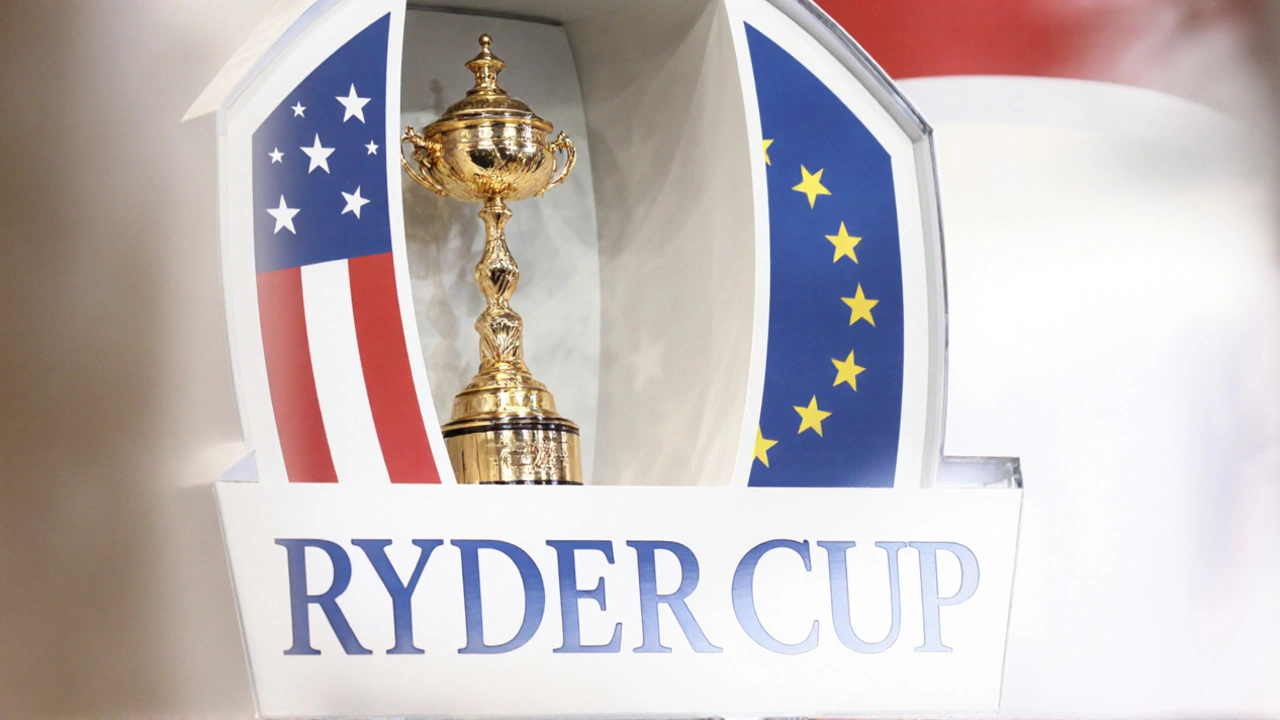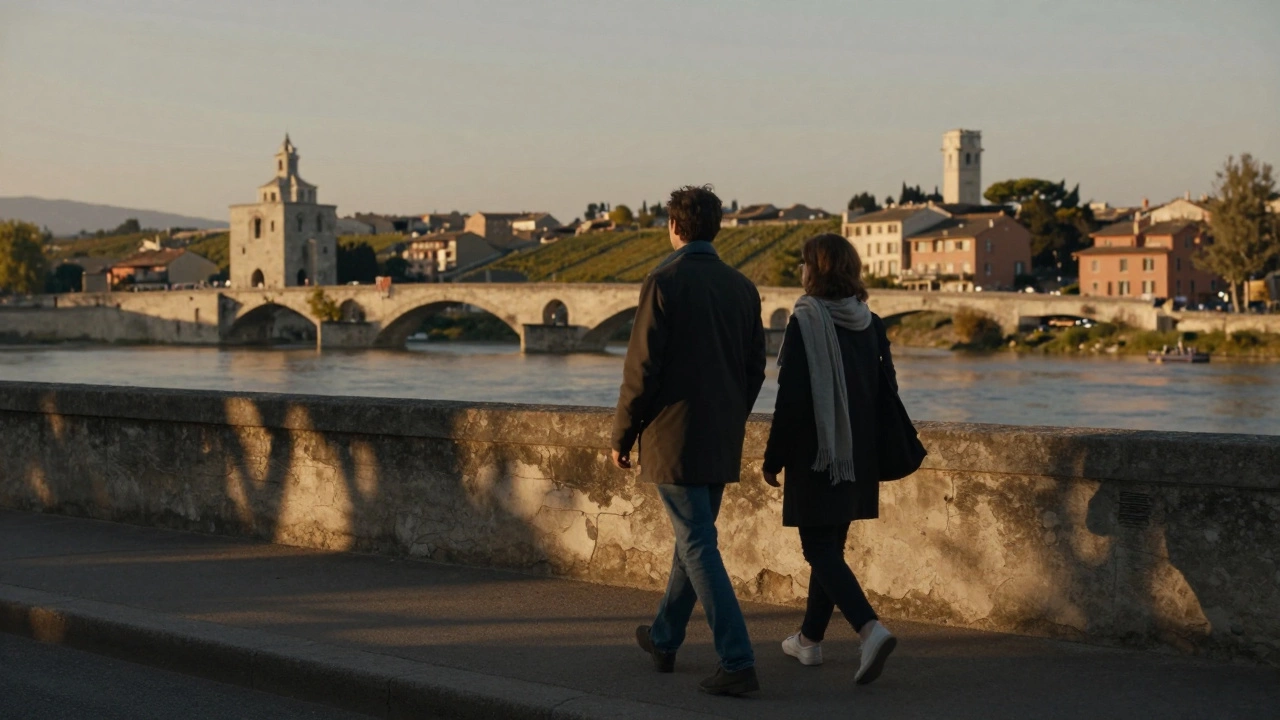Bethpage Black Golf Course – All You Need to Know
When you hear the name Bethpage Black, a public golf course on Long Island famous for its brutal rough and demanding greens. Also known as Black Monster, it was built in 1936 and later reshaped by the legendary architect A.W. Tillinghast. The course sits on a 7,400‑yard stretch of rolling terrain, and every hole feels like a puzzle that tests a player's patience and precision.
The layout is a classic example of golf course architecture, the art of shaping fairways, bunkers and greens to create strategic challenges. Tillinghast’s design philosophy was simple: force the golfer to think before they swing. That means narrow fairways lined with thick, penal rough and a series of greens that break in multiple directions. The result is a course that rewards accuracy over power, a trait that separates the occasional weekend player from a future champion.
The U.S. Open, the toughest of golf’s major tournaments chose Bethpage Black as its stage in 2002 and again in 2009. Those events proved that the course can push even the world’s best to their limits. In 2002, a young Tiger Woods topped the leaderboard, but not before battling the infamous 16th hole, where the fairway narrows to a sliver and the green sits behind a wall of trees. The U.S. Open’s reputation for demanding rough and lightning‑fast greens fits perfectly with Bethpage’s character.
Beyond the majors, the PGA Tour, the principal professional golf circuit in the United States has also sent its players to Bethpage for the 2023 Tour Championship qualifiers. Those events give tour pros a taste of championship pressure without the fanfare of a major, letting them fine‑tune their game on the same holes that test the legends. The course’s ability to host both elite and regional tournaments shows its versatility and why it’s a favorite stop on the professional calendar.
For the everyday golfer, Bethpage Black offers a rare glimpse into championship‑level conditions without the price tag of a private club. The public nature of the course means you can line up a drive on the same tee that Rory McIlroy once stood on. But the experience comes with a warning: the rough is thick, the greens are unforgiving, and a stray shot can quickly become a lesson in humility. That mix of accessibility and challenge is what makes the venue a pilgrimage for serious amateurs looking to measure themselves against the best.
What makes Bethpage Black truly unique is how it interlocks several key attributes. First, the course **requires** precise shot shaping because the fairways leave little room for error. Second, its design **encompasses** a blend of strategic bunkering and fast greens that influence how players approach each hole. Third, the history **influences** modern tournament preparation, as clubs study past U.S. Open rounds to fine‑tune their own strategies. Together these traits create a living laboratory for golf strategy.
What to Expect From Our Bethpage Black Collection
Below you’ll find a curated selection of articles that dive deeper into the history, player experiences, and technical analysis of Bethpage Black. Whether you’re curious about its role in the U.S. Open, looking for tips on how to survive the brutal rough, or interested in the architectural decisions that make the course a benchmark, we’ve gathered insights that cover every angle. Explore the stories, learn from the pros, and see why Bethpage Black remains a defining test in the world of golf.



